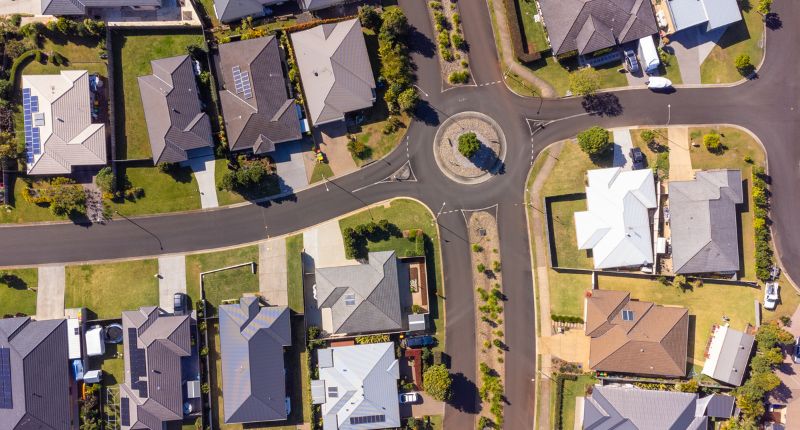
- National home prices have increased for the second consecutive month
- This follows a 9.1% decline in the months to February
- The cash rate pause in April is likely to have contributed to the uplift
Following a 9.1% decline in the months between May 2022 and February 2023, national home prices have increased for the second consecutive month.
According to CoreLogic‘s Home Value Index (HVI), national home prices increased by 0.5% in April following a 0.6% lift in March.
CoreLogic’s Research Director, Tim Lawless, says it is becoming increasingly clear the housing market has moved through an inflection point.
“Not only are we seeing housing values stabilising or rising across most areas of the country, but a number of other indicators are also confirming the positive shift.”
Tim Lawless, CoreLogic Research Director
“Auction clearance rates are holding slightly above the long run average, sentiment has lifted and home sales are trending around the previous five-year average,” he said.
PropTrack data confirms the monthly rise but recorded a softer home price increase of 0.14% in April.
PropTrack Home Price Index April 2023
| Region | Monthly growth (%) – All dwellings | Annual growth (%) – All dwellings | Median value ($) – All dwellings |
| National | 0.14 | -3.14 | 737,000 |
| Capital Cities | 0.2 | -3.72 | 791,000 |
| Regional Areas | 0 | -1.73 | 616,000 |
| Sydney | 0.4 | -4.48 | 1,005,000 |
| Rest of NSW | 0.07 | -2.99 | 707,000 |
| Melbourne | -0.11 | -5.36 | 795,000 |
| Rest of Vic. | -0.24 | -3.15 | 596,000 |
| Brisbane | 0.14 | -2.88 | 721,000 |
| Rest of Qld | 0.04 | -0.25 | 600,000 |
| Adelaide | 0.41 | 5.23 | 651,000 |
| Rest of SA | 0.16 | 10.28 | 381,000 |
| Perth | 0.21 | 3.11 | 571,000 |
| Rest of WA | 0.34 | 5.58 | 459,000 |
| Hobart | -0.27 | -5.96 | 664,000 |
| Rest of Tas. | 0.07 | -0.6 | 504,000 |
| Darwin | 0.11 | -0.83 | 494,000 |
| Rest of NT | 0.06 | 4.63 | 454,000 |
| ACT | -0.17 | -6.34 | 839,000 |
Source: PropTrack.
Cash rate pause pays off
PropTrack Senior Economist Eleanor Creagh says price falls recorded over most of last year have begun to reverse this year.
She explains the constraints on supply have eased somewhat with respect to the total stock on the market, but the pace of new listings remains sluggish.
“Strong migration, tight rental markets and limited supply are offsetting the impact of rapid interest rate rises,” Creagh says.
“The decision by the Reserve Bank to hold the cash rate steady in April is also likely to have contributed to the uplift in home values as a higher degree of confidence with respect to future borrowing costs emerges.
Lawless agrees, saying the growing expectation the rate hiking cycle is over, or nearly over, following a sharp decline in values was another likely factor supporting housing demand.
“This could be contributing to a broader perception that the market has bottomed out, and for those attempting to time the market, that it is considered to be a good time to buy,” he says.
“As interest rates stabilise there is a good chance consumer sentiment will improve, bolstering housing market activity from both a purchasing and a selling perspective.”
Headwinds remain
Despite the recent stabilisation of home values, Creagh says home value headwinds remain.
“Interest rates may still rise further, and the economy is expected to slow.”
Nevertheless, she says, the ongoing tightness in the labour market, coupled with stronger housing demand and a shortage of supply, is expected to sustain the recovery of the housing market.
“A home shortage exacerbated by high construction costs will also underpin values as population growth increases,” Creagh says.












